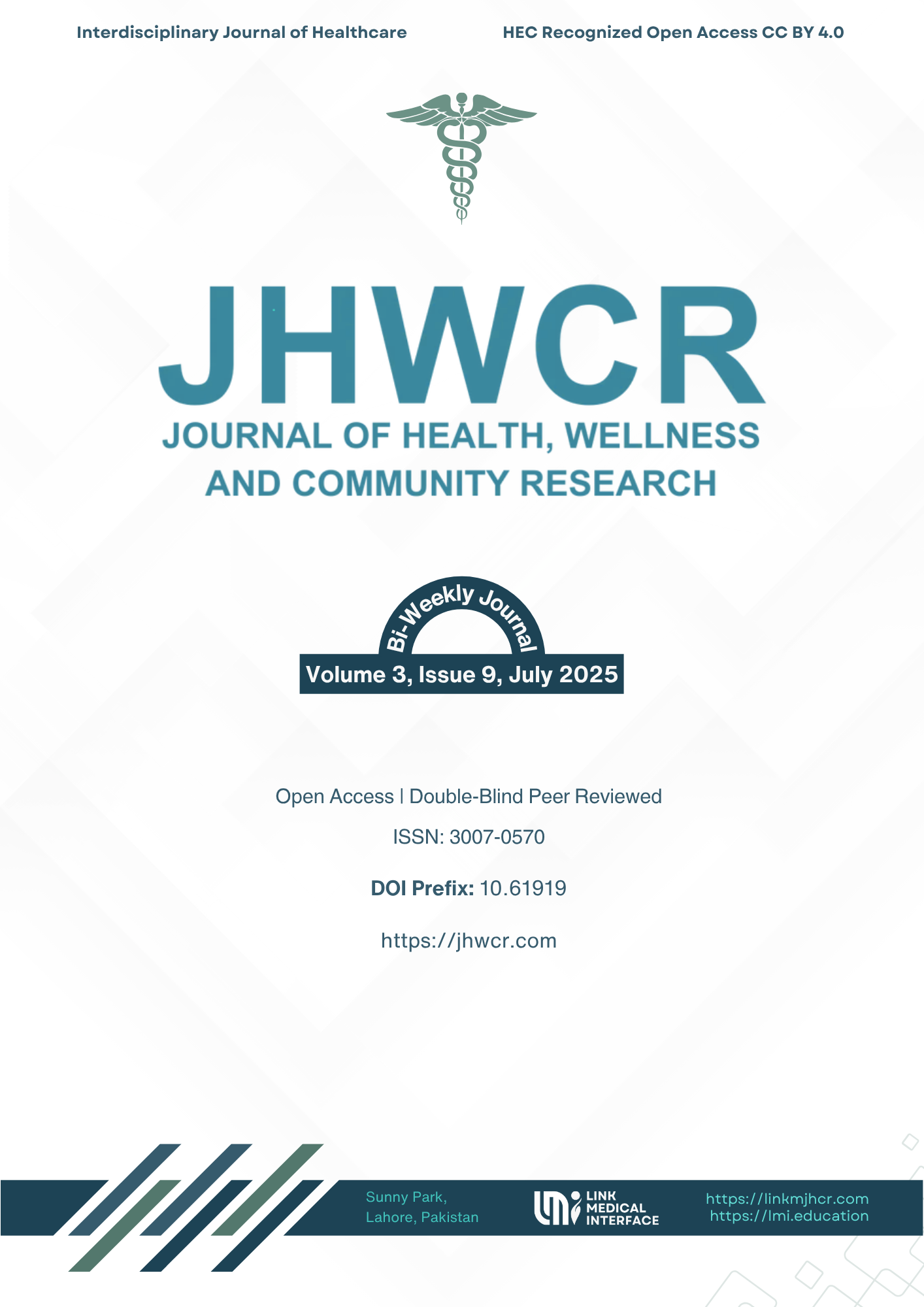Compare the Effects of Pilates Training and Moderate-Intensity Continuous Training on Dyspnea and Cardiovascular Fitness in Hypertensive Patients
DOI:
https://doi.org/10.61919/z1e92245Keywords:
Hypertension, VO₂ max, Pilates, Aerobic Exercise, Dyspnea, Cardiovascular EnduranceAbstract
Background: Hypertension is a widespread cardiovascular condition associated with reduced aerobic capacity and increased dyspnea, impairing functional performance and quality of life. While both Pilates and aerobic training have been explored as exercise interventions, limited evidence exists comparing their effectiveness in hypertensive populations. Objective: To compare the effects of mat-based Pilates training and moderate-intensity continuous training (MICT) on VO₂ max, dyspnea levels, and cardiovascular endurance in hypertensive adults. Methods: A randomized controlled trial was conducted at Sheikh Khalifa Bin Zayyed Al Nahyan Medical Complex, Quetta, involving 52 screened and 40 enrolled participants with mild-to-moderate stable hypertension, aged 45–70 years. Participants were randomly assigned to Group A (Pilates) or Group B (MICT), receiving five sessions per week for six weeks. VO₂ max was assessed via a 3-minute step test, dyspnea using the Modified Borg Scale, and cardiovascular endurance by total step repetitions. Data were analyzed using repeated measures ANOVA and independent t-tests, with p < 0.05 considered significant. Results: Both groups showed significant within-group improvements in VO₂ max, dyspnea, and step test performance. Between-group comparisons revealed superior outcomes in Group B (MICT), with greater increases in VO₂ max (mean diff = 8.62 ml/kg/min, p < 0.001, Cohen’s d = -1.94), lower dyspnea scores (mean diff = -2.58, p < 0.001, d = 2.17), and improved step test repetitions (mean diff = 2.71, p < 0.001, d = -1.63). Conclusion: While both Pilates and MICT improved respiratory and cardiovascular outcomes, MICT demonstrated significantly greater efficacy in enhancing VO₂ max and reducing dyspnea. These findings support prioritizing aerobic training in hypertension management protocols.
Downloads
Published
Issue
Section
License
Copyright (c) 2025 Rabbia Naseer, Sumera Azam, Aadil Ameer Ali, Wafa Zainab (Author)

This work is licensed under a Creative Commons Attribution 4.0 International License.


